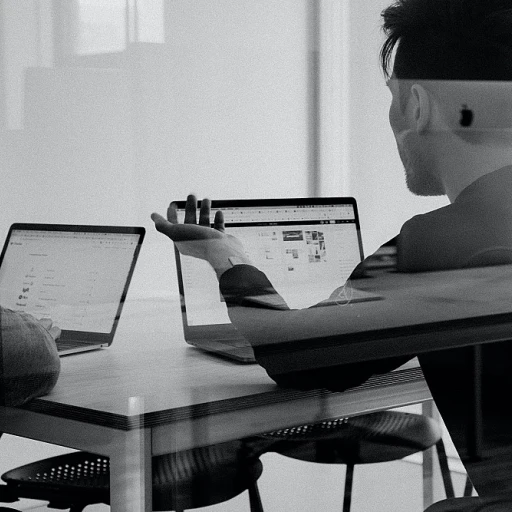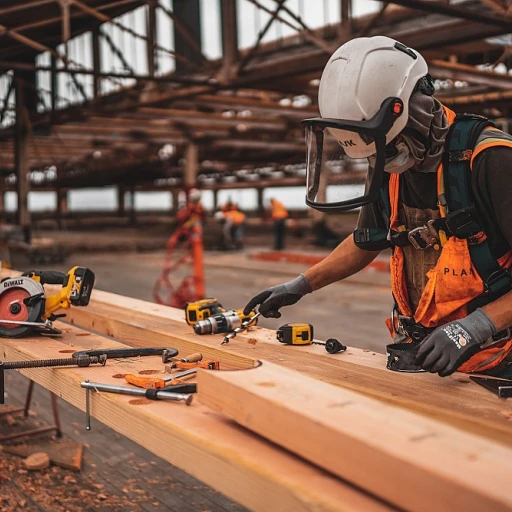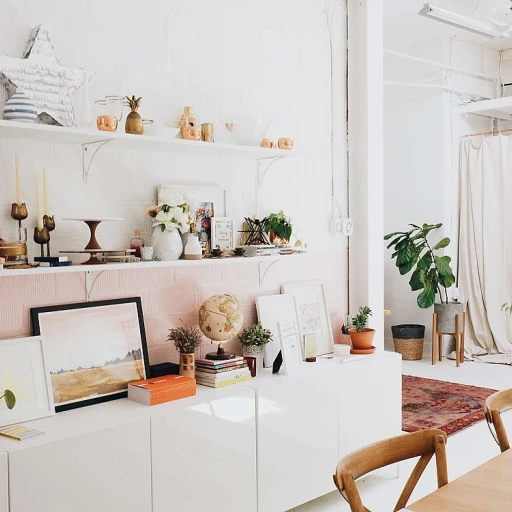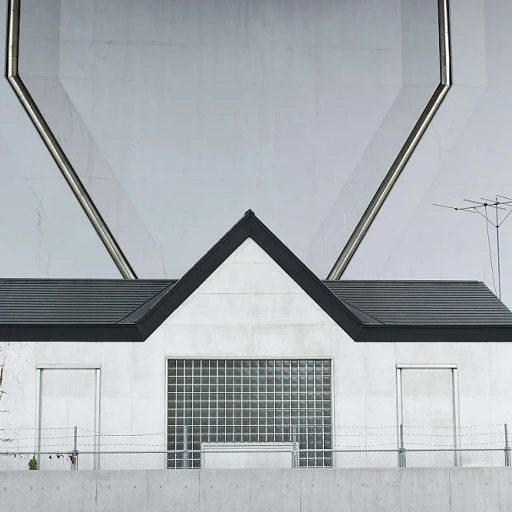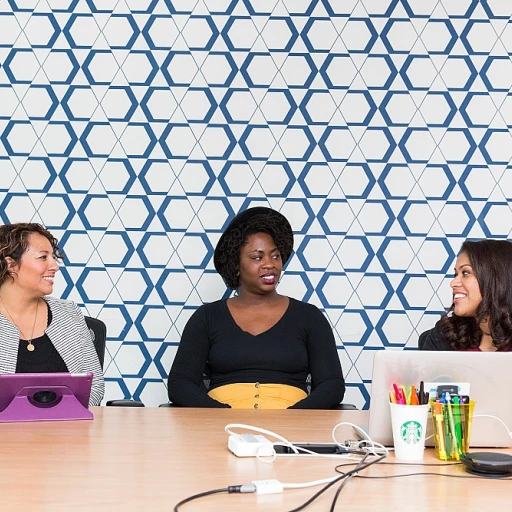
Understanding the Principles of Eco-friendly Design
Figuring Out Eco-friendly Adaptations in Design
Eco-friendly design centers around creating products that minimize negative environmental impact, focusing on sustainability. At its heart, this design philosophy emphasizes product components and processes that cooperate with nature. From reducing waste to conserving energy, an eco-friendly approach in design encourages a conscious transformation.
To grasp these principles, it's essential to evaluate the lifecycle of a product, which includes sourcing materials, manufacturing, usage, and eventual disposal. By considering the entire lifecycle, designers can innovate in a manner that aligns with ecological preservation. This methodology often incorporates reduced waste production and responsible sourcing strategies.
However, this is just the tip of the iceberg. The integration of technology plays a substantial role in advancing sustainable practices. Emerging tools and innovations help streamline eco-friendly design, enhancing efficiency and effectiveness. As we delve deeper, understanding how technology intertwines with eco-design could be crucial for businesses aiming to stand as pioneers in sustainability.
Theoretical knowledge isn't enough; one must learn from real-world examples that have successfully applied eco-conception. Practical insights from such successful projects will showcase feasible solutions and pathways for overcoming common obstacles in sustainable design.
The Role of Technology in Sustainable Design
The Intersection of Innovation and Environmental Responsibility
Harnessing technology to foster sustainable design is an essential avenue for eco-friendly projects. Today's innovations offer numerous opportunities for designers to reduce environmental impact while improving product function and aesthetics. Yet, not all technological advancements align with eco-conscious goals. It's important to evaluate each tool's sustainability potential and environmental cost.
One prominent technology used in eco-conception is 3D printing. By minimizing waste through additive manufacturing, designers can achieve efficient use of resources, contributing to a more sustainable production cycle. Furthermore, with 3D printing, there is greater flexibility in creating intricate designs that may otherwise require more materials and cause more waste.
Another key player is AI-based design software. This technology allows designers to simulate and optimize energy use and resource allocation before production begins. As mentioned in the broader discussion, these tools are instrumental in tackling challenges such as material selection, which directly impacts a product's eco-friendliness.
Emerging technologies in renewable energy integration, like solar-powered components, are transforming how products are designed, ultimately contributing to sustainability goals. Ensuring these technologies' accessibility and normalizing their use expands the market reach for eco-friendly products—a point touched upon in the examination of consumer behavior and how it's shifting toward favoring sustainable options.
In the quest for sustainable design solutions, recognizing and integrating technology's role can significantly enhance a product's eco-conception, paving the way for industry leaders to inspire and foster innovation.
Challenges in Implementing Eco-conception
Sustainability Roadblocks in Design: What Holds Us Back?
Incorporating eco-friendly design principles into projects can be an exciting endeavor, filled with the promise of a greener, more sustainable future. However, the reality of implementing these principles is not without its hurdles. Assessing the role that different factors play in these challenges helps provide clarity on how to effectively navigate them.
One significant challenge is the accessibility and affordability of {{product_part}} needed for sustainable designs. Many eco-friendly materials are not yet mass-produced, making them more expensive compared to conventional options. This raises the cost for businesses, potentially impacting their willingness to adopt greener methods.
Alongside material costs, integrating new technology in sustainable design presents a substantial challenge. The rapid advancement of technology demands continuous learning and adaptation for designers. Staying updated with the latest solutions without disrupting ongoing projects can be daunting and resource-intensive.
Moreover, shifting existing mindsets and practices towards sustainability is critical yet complex. It often requires overcoming ingrained habits and convincing stakeholders of the value and long-term benefits of {{eco_conception}}. Internal resistance and lack of awareness may contribute to the reluctance in considering sustainable measures.
Lastly, regulatory and compliance pressures can add to the burden. Navigating the landscape of eco-friendly regulations and certifications can be complicated and demanding. Design projects have to align with these evolving standards, which may vary significantly across regions, complicating the implementation process further.
Despite these setbacks, successful case studies help illustrate the benefits of innovation in eco-conception, offering motivation by demonstrating tangible successes. As awareness of the impact of sustainable practices on consumer behavior grows, overcoming these barriers becomes a more collective effort, promising a future with broader adoption in the world of design.
Case Studies of Successful Eco-conception Projects
Showcase of Noteworthy Eco-conception Projects
Several groundbreaking projects illustrate the power and potential of sustainable design. Examining these instances, we can discern how this approach influences not only design but also the broader market and consumer behavior. For instance, the development of a modular phone system stands as a prominent example in the tech industry. Rather than discarding entire phones, consumers can replace and upgrade individual components, reducing electronic waste significantly. This project underscores the role of technology in fostering sustainable solutions in product design. In the fashion world, a clothing company has revolutionized its production by pioneering a closed-loop system where materials are recycled back into new garments. This strategy not only reduces waste but aligns with eco-friendly design principles by prioritizing durability and recyclability. Architecture also offers trailblazing examples, like a building project that incorporates local, sustainable materials alongside cutting-edge technologies. This project reduces energy consumption and showcases the efficiency of sustainable design practices. Understanding these case studies provides insight into the real-world impact and market viability of eco-conception strategies. Observing how these projects have triggered positive shifts in consumer behavior and industry standards highlights the inevitable move towards greener practices. As such, aspiring leaders in the design field can glean inspiration and strategy from these successful models.The Impact of Eco-conception on Consumer Behavior
Understanding Consumer Shifts Towards Eco-conscious Choices
The growing awareness of environmental issues has led many consumers to shift towards eco-friendly and sustainable products. As consumers become more informed about the impact of their choices on the environment, they are increasingly drawn to brands and products that prioritize {{eco-friendliness}} and sustainable practices. This shift in consumer behavior is not just a trend but a profound change in purchasing habits, directly impacting how designers and companies approach eco-conception.Incorporating Eco-friendly Elements into Product Design
Products designed with sustainability in mind not only fulfill consumer demands for eco-conscious choices but also offer a competitive advantage. By leveraging the principles of eco-design outlined earlier, designers can reduce waste, minimize the carbon footprint, and optimize the lifecycle of {{product_parts}}. This not only appeals to environmentally conscious buyers but also fosters loyalty and trust in the brand.Building Brand Loyalty Through Sustainable Practices
Eco-conception has a significant impact on brand perception. Consumers are more likely to remain loyal to brands that demonstrate a commitment to sustainable practices. This loyalty is often due to the emotional connection consumers feel when they perceive that a brand's values align with their own. Companies that integrate sustainable design principles can enhance consumer trust and differentiate themselves in a crowded marketplace.The Influence of Social Media and Awareness Campaigns
Social media platforms and awareness campaigns play a crucial role in promoting eco-friendly products and influencing consumer behavior. By showcasing their sustainable design efforts and the benefits of eco-conception, brands can effectively engage with their audience, sparking conversations and increasing consumer interest. The transparency enabled by digital platforms not only educates consumers but also holds companies accountable to their sustainability claims.Measuring the Impact on Consumer Behavior
Multiple studies indicate that consumers are willing to pay more for products that are sustainably made. Designers and companies are encouraged to consider metrics such as environmental impact assessments and lifecycle analyses when assessing the success of their eco-design initiatives. These metrics not only provide insight into the positive influence on consumer behavior but also reveal areas for further improvement and innovation in sustainable design. By understanding and addressing consumer expectations for sustainability, designers can capitalise on the growing demand for eco-friendly products, creating a lasting impact on both the market and the environment.Future Trends in Sustainable Design
Emerging Trends in Sustainable Design
As the world continues to grapple with environmental challenges, the design industry is evolving to meet these demands through innovative approaches. One significant trend is the integration of life cycle assessment (LCA) in the design process. This method evaluates the environmental impact of a product throughout its entire life, from raw materials to disposal, helping designers make informed decisions that reduce the carbon footprint.
Another trend is the increasing use of recycled materials in product design. By repurposing waste, designers are not only reducing the environmental footprint but also creating unique, eco-friendly products that appeal to environmentally conscious consumers. This approach aligns with the principles of eco design, where reducing waste and energy consumption are paramount.
Technology plays a pivotal role in these advancements. Innovations in 3D printing and digital fabrication allow for more efficient use of materials, minimizing waste and reducing the carbon footprint. These technologies enable designers to experiment with new forms and structures, pushing the boundaries of sustainable design.
Moreover, the concept of circular economy is gaining traction. This approach focuses on designing products with their end-of-life in mind, ensuring that materials can be reused or recycled, thus reducing the environmental impact. It represents a shift from the traditional linear model of production to a more sustainable cycle.
Finally, consumer behavior is increasingly influencing design choices. As awareness of environmental issues grows, consumers are demanding products that are not only functional but also environmentally friendly. This shift is driving designers to prioritize eco conception in their work, integrating environmental considerations into every stage of the product design process.
These trends highlight the dynamic nature of sustainable design and underscore the importance of adopting a holistic approach to reducing environmental impact. By staying informed and adaptable, designers can lead the way in creating a more sustainable future.





